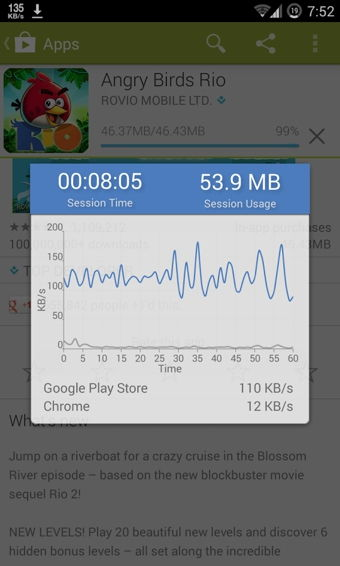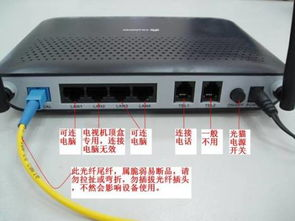Internet Speed Verification, Exploring the Truth Behind Advertised Speeds

Understanding Internet Speeds
Internet speed refers to how much data can be transmitted over the web in a given amount of time. This is generally measured in Megabits per second (Mbps). Advertised speeds often promise "up to" a certain Mbps, which can be misleading as these speeds are not always guaranteed under all conditions.
Choosing the Right Test Tool
Several online tools can help you measure your actual internet speeds, such as Ookla's Speedtest, Google's Internet Speed Test, or Fast.com by Netflix. These tools check both download and upload speeds and provide insight into how your actual usage measures up against advertised speeds.
Another aspect to consider is the consistency of the speed test results. It is advised to conduct tests at different times of the day to account for potential variations in internet speed due to network congestion during peak hours.
Factors That Affect Internet Speed
It’s crucial to recognize that several factors may influence your internet speed results. These include the type of connection (fiber, cable, DSL
), the age and capabilities of your modem or router, network congestion, and even the quality of the cables used to connect your devices.
Furthermore, the performance of the device being used to test the speed can also affect the results. Older devices with limited processing power or computers running multiple applications that consume bandwidth might not provide accurate speed test outcomes.
Interpreting the Results
After conducting your speed tests, it’s important to analyze the results realistically. If your tests consistently show speeds that are 80% or greater than the advertised speed, your ISP is generally delivering a good level of service. However, significant discrepancies need to be addressed with your ISP.
In conclusion, regularly checking your internet speed is a proactive measure to ensure you are getting the service you pay for. By understanding the factors affecting internet speeds and using the right tools for testing, consumers can more accurately gauge their service level and address any discrepancies with their service provider.声明:本站所有文章资源内容,如无特殊说明或标注,均为采集网络资源。如若本站内容侵犯了原著者的合法权益,可联系本站删除。






